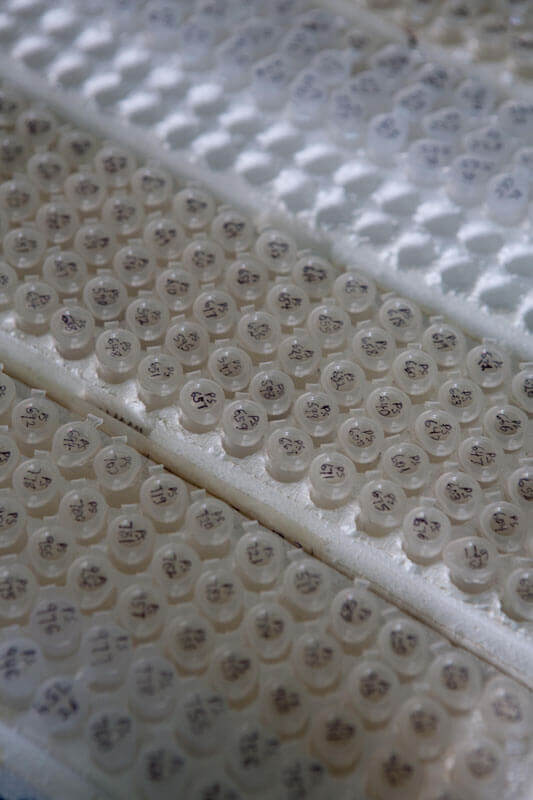Mandy GoldbergResearch!America
Mandy Goldberg is a global health R&D advocacy intern at Research!America, a nonprofit that advocates for science, discovery, and innovation to achieve better health for all.
Research!America, a member of the GHTC, recently conducted analyses in target states to measure the health and economic impact of global health research and development (R&D), highlighting its benefits for states across the nation and strengthening the evidence base for Congress’ support of federal investments in global health R&D. Mandy Goldberg, Global Health R&D Advocacy intern, shares the organization’s findings in Illinois. This is the fourth post in a series.
“The world is interconnected, and that demands an integrated approach to global health,” President Obama stated when he announced the US Global Health Initiative on May 5, 2009. His former neighbors in Illinois agree. More than 50 percent of Illinoisans think more about global health today than they did five years ago, and for good reason. In addition to innumerable health benefits worldwide, global health research and development (R&D) has an important economic impact on the state of Illinois.
Illinois boasts more than 200 academic, government, and nonprofit research institutions, as well as seven research and technology parks, all of which contribute significantly to employment within the state. Illinois is one of the top 10 bioscience employers in the United States, with more than 57,000 people working in the industry. For each bioscience job, almost six additional jobs are created on average, according to a 2010 analysis by Battelle and BIO.

Spending on global health R&D not only adds jobs to the market, it also directly contributes to state economic growth. In 2010, Illinois received more than $700 million from the National Institutes of Health (NIH), the world’s largest funder of global health research. Every $1 million that the NIH invests generates more than $2 million in new state business activity.
Public-sector investment provides important economic incentives to stimulate private-sector investment. One private-sector partner doing notable work in global health is Abbott, an Illinois-based healthcare company. Abbott invested $4.1 billion in R&D in 2011 and generated $38.9 billion in revenue, a great boost to the state economy.
Just last week, Abbott announced a new joint research agreement with the Drugs for Neglected Diseases initiative (DNDi), a product development partnership dedicated to developing new drugs for patients suffering from the most neglected tropical diseases. Abbott and DNDi will work together to discover and advance new antimicrobials that fight disease, leading to the end-goal of finding new treatments for several of the world’s most neglected diseases, including Chagas disease, helminth infections, leishmaniasis, and sleeping sickness.
Dollar for dollar, global health is one of Illinois’s best investments. Illinoisans recognize its value: 92 percent of state residents believe it is important for Illinois to be a leader in health R&D. However, Illinois ranks only 8th in R&D investment and 13th in federal funding despite ranking 5th in the nation in population. Increased investment is needed to secure this economic pillar and produce further growth in one of Illinois’s most rewarding economic sectors.